The Icelandic Meteorological Office said there was a "significant" risk of eruption on or just off the Reykjanes peninsula due to the size of the underground magma intrusion and the speed at which it was moving.
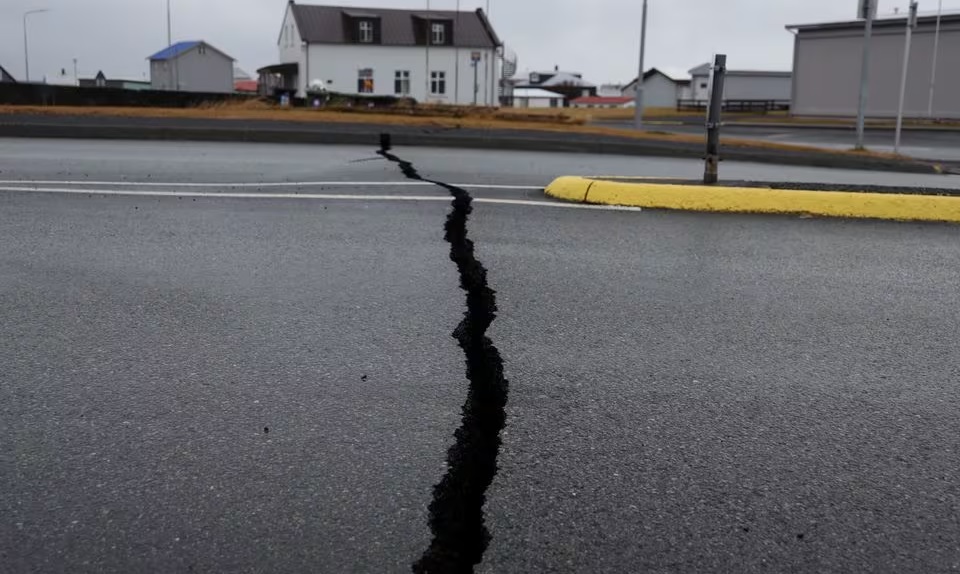
Cracks appear on a road due to volcanic activity in Grindavik, Iceland on November 11, 2023.
“The probability of an eruption has increased since this morning and an eruption could begin at any time in the next few days,” the agency said in a statement. Overnight, Iceland’s Civil Protection Agency ordered the complete evacuation of Grindavik, a fishing town of about 3,000 residents.
The Reykjanes region has seen several eruptions in recent years. The meteorological office says the next eruption is expected to start on the seabed just southwest of Grindavik.
A tunnel of magma, or molten rock, extends northeast through Grindavik and about 10 kilometers inland, estimated at a depth of less than 800 meters, the office said.
Reykjanes is a volcanic and seismic hotspot southwest of the capital Reykjavik. In March 2021, spectacular lava flows erupted from a 500 to 750 meter long fissure in the area's Fagradalsfjall volcanic system.
Volcanic activity in the area continued for six months that year. In August 2022, a three-week-long eruption occurred in the same area, followed by another eruption in July this year.
The Fagradalsfjall system, about 6 km wide and 19 km long, had been dormant for more than 6,000 years before the recent eruptions.
Hoang Anh (according to Reuters)
Source





![[Photo] Relatives of victims of the earthquake in Myanmar were moved and grateful to the rescue team of the Vietnamese Ministry of National Defense.](https://vstatic.vietnam.vn/vietnam/resource/IMAGE/2025/4/2/aa6a37e9b59543dfb0ddc7f44162a7a7)
![[Photo] Third meeting of the Organizing Subcommittee serving the 14th National Party Congress](https://vstatic.vietnam.vn/vietnam/resource/IMAGE/2025/4/2/3f342a185e714df58aad8c0fc08e4af2)

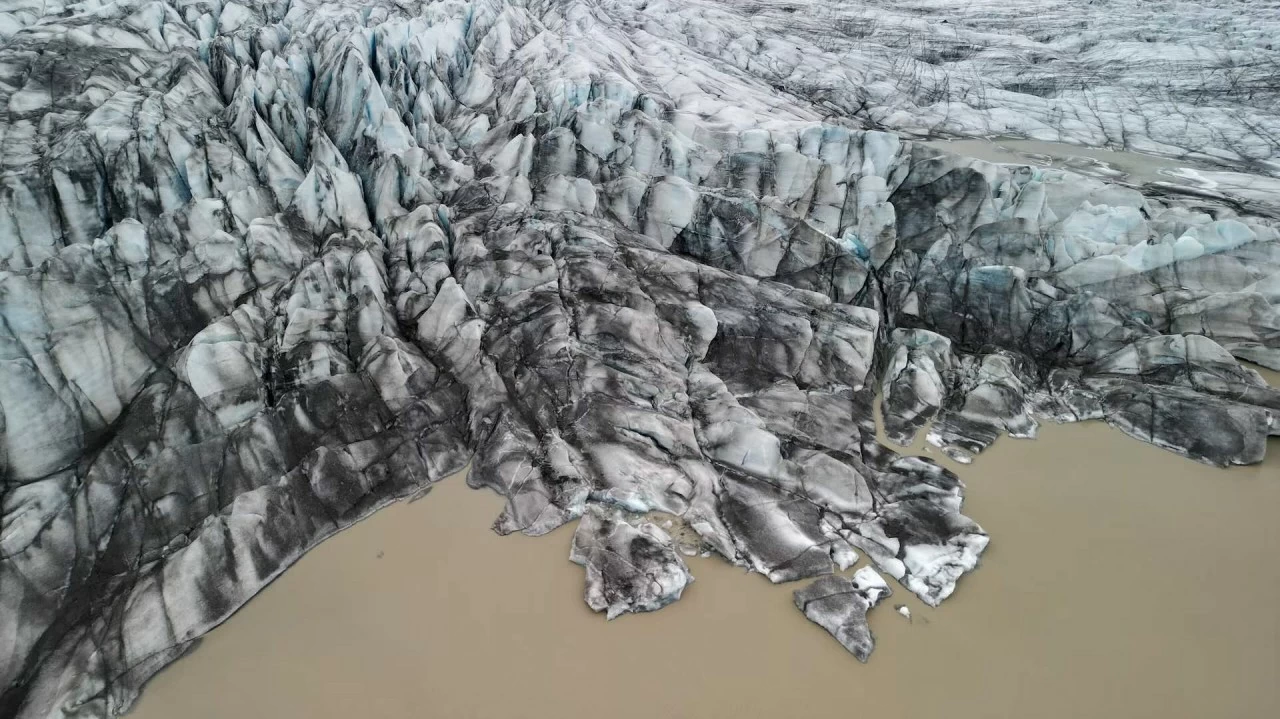

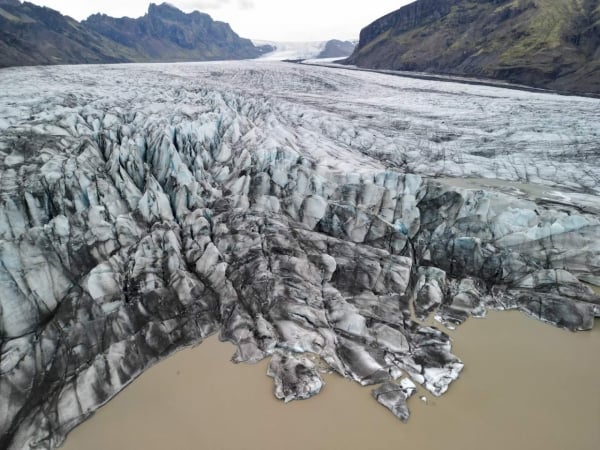
















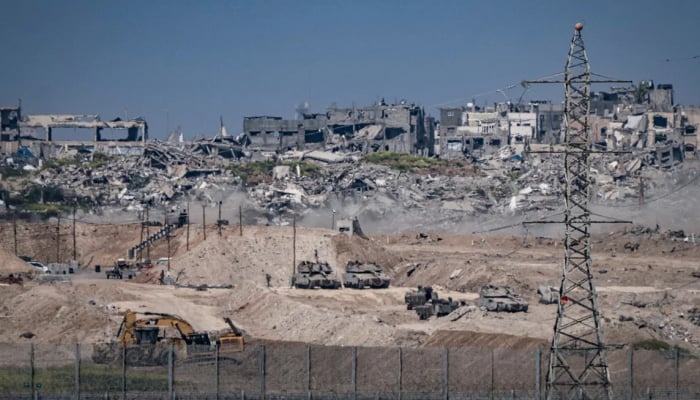




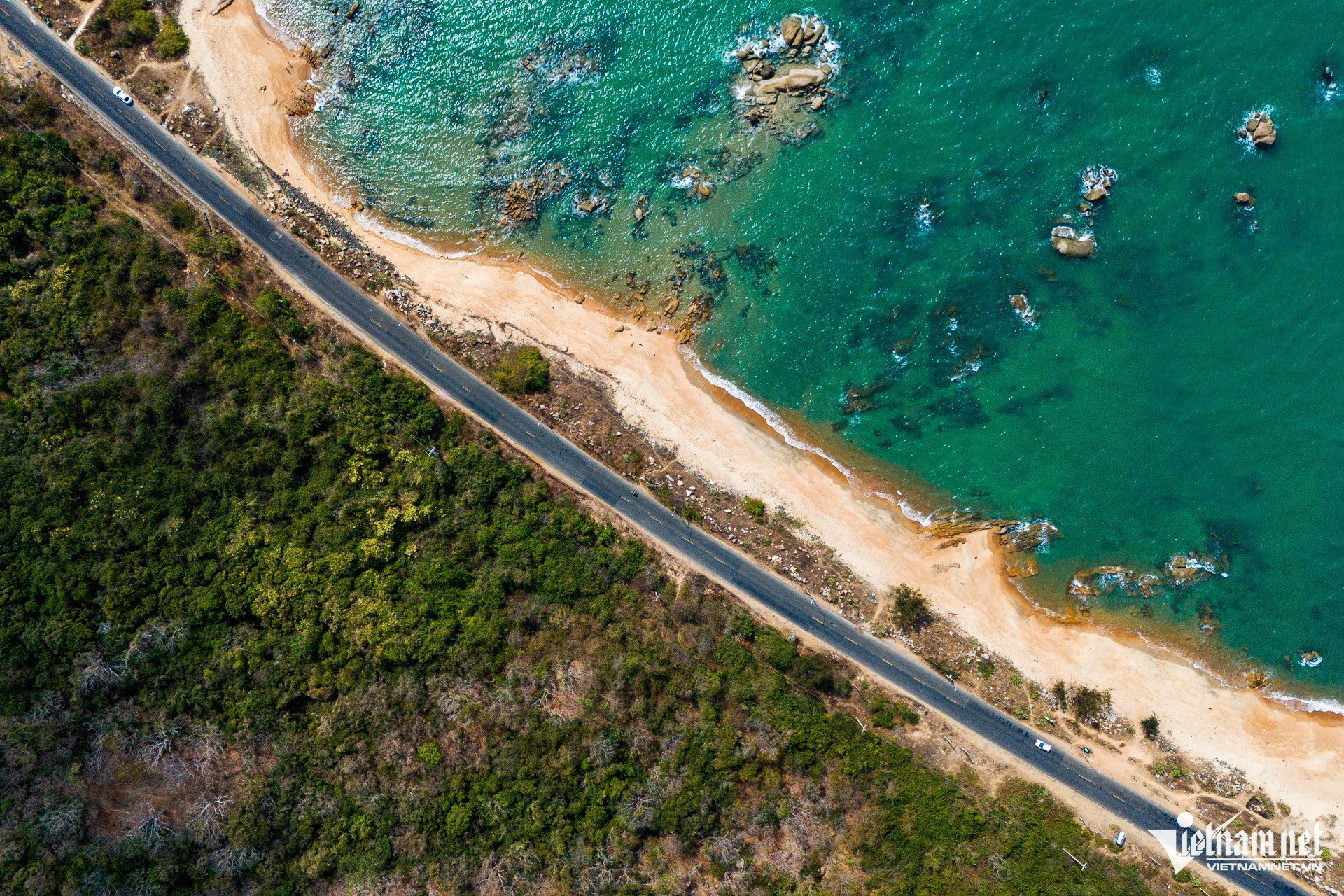











































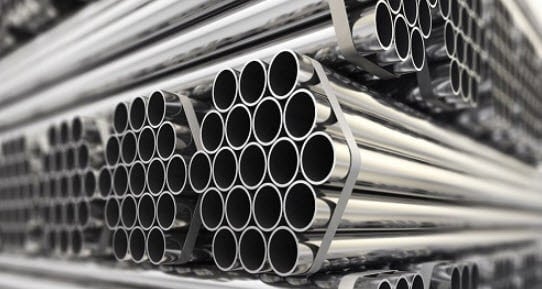






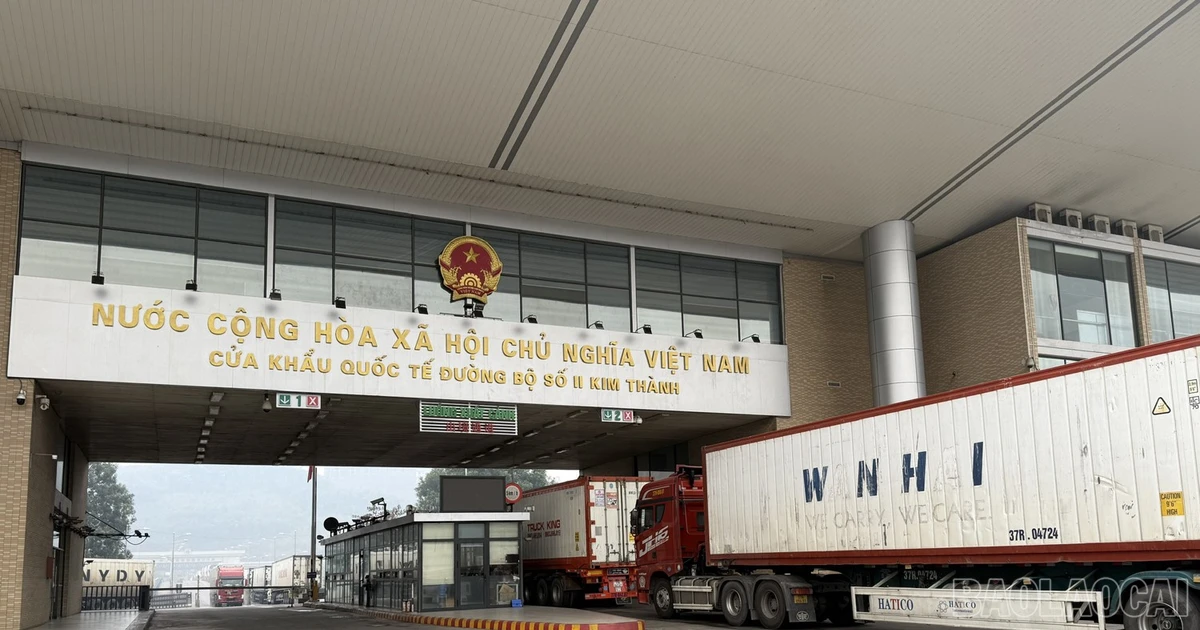













Comment (0)